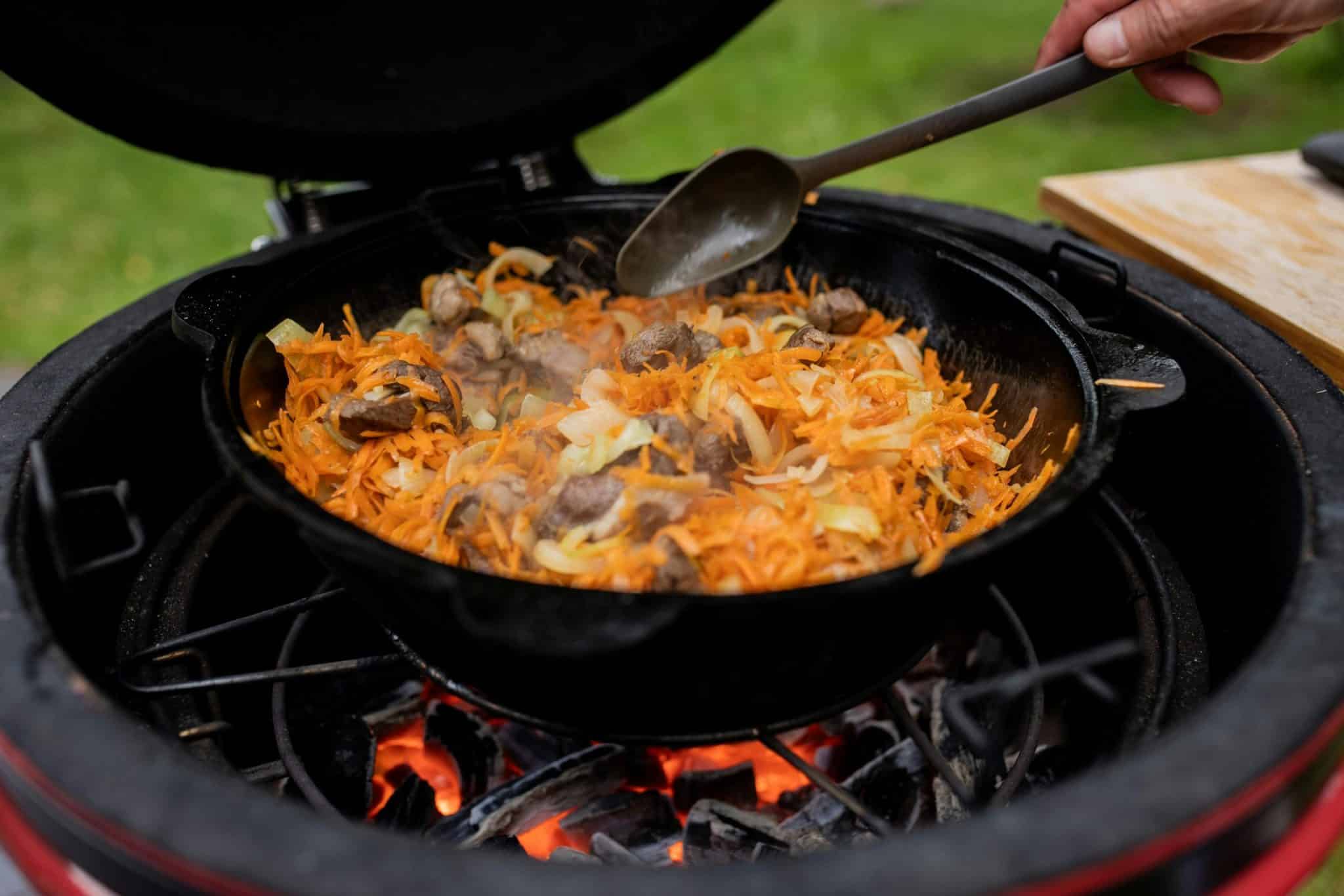Cast Iron Cooking Tips and Tricks
Do you love the delicious flavor and crispy texture of a perfectly seared steak or a golden brown skillet cornbread? If so, then you probably have a cast iron skillet in your kitchen. Cast iron has been a staple in kitchens for centuries, and for good reason. This versatile and durable cookware is not only great for cooking, but it also adds depth of flavor to your meals. However, using cast iron requires some special care and techniques. In this article, we will share with you some essential cast iron cooking tips and tricks to ensure that your dishes turn out perfectly every time.
Choosing the Right Cast Iron Skillet
When it comes to cooking with cast iron, not all skillets are created equal. There are a few things to keep in mind when choosing the right skillet for your needs.
Size Matters
The size of your cast iron skillet can make a big difference in how your food turns out. As a general rule, the larger the skillet, the slower the heat will dissipate. This means that a larger skillet is better for cooking foods that require longer cooking times, such as stews and braises. On the other hand, a smaller skillet is perfect for quick-cooking meals, like searing steaks or making omelets.
Weight and Handle
Another important factor to consider is the weight and handle of your skillet. Cast iron is much heavier compared to other types of cookware, so it’s essential to choose a skillet with a handle that provides a secure and comfortable grip. When shopping for a cast iron skillet, it’s a good idea to pick it up to see how it feels in your hand. You’ll want to make sure that you can comfortably maneuver it without straining your wrist.
New or Vintage?
Cast iron skillets can be found in a wide range of prices, from expensive designer brands to affordable vintage finds. The good news is that cast iron can last a lifetime, no matter how old it is. Whether you choose to purchase a new skillet or use a vintage one, make sure that you look for one that has a smooth cooking surface with no cracks or rust. If you’re not sure how to restore a vintage skillet, it’s best to buy a new one.
Seasoning Your Cast Iron Skillet
The key to cooking with cast iron is a well-seasoned skillet. Seasoning is a process of baking oil into the pores of the skillet, creating a non-stick surface and protecting it from rust. A well-seasoned cast iron skillet will give you a smooth cooking surface that will make cooking and cleaning a breeze.
Using the Right Oil
Many people use vegetable or canola oil to season their cast iron skillet, but these types of oils can become rancid over time and transfer off-flavors to your food. A better option is to use an oil with a high smoke point, such as grapeseed or flaxseed oil. These oils are less likely to go rancid and will give your skillet a beautiful non-stick surface.
The Process of Seasoning
To season your cast iron skillet, first, preheat your oven to 350°F. Wash your skillet with warm water and mild soap, then dry it thoroughly with a kitchen towel. Next, use a paper towel to apply a thin layer of oil to the inside and outside of the skillet. Place the skillet upside-down on the top rack of your oven and bake for one hour. Let the skillet cool completely before using it.
Cooking with Cast Iron
Now that you have a well-seasoned skillet, it’s time to start cooking! Here are some tips and tricks to help you get the best results.
Heating the Skillet
To get the best results, it’s essential to preheat your cast iron skillet before cooking. Cast iron is slow to heat up but retains heat well, making it perfect for searing and browning. Preheating your skillet ensures that your food will cook evenly and develop that golden brown crust we all love.
Using the Right Utensils
When cooking with cast iron, it’s best to use wooden, silicone, or nylon utensils. Metal utensils can scratch and damage the non-stick surface of your skillet, leading to more frequent seasoning and eventually ruining it.
Be Patient
Cast iron is slow to heat up, so be patient and avoid cranking up the heat to speed up the cooking process. Doing so will result in uneven cooking and can even warp or crack your skillet. It’s best to cook on a medium to medium-high heat and give your skillet enough time to heat up properly.
Cleaning and Storing Your Cast Iron Skillet
To keep your cast iron skillet in excellent condition, it’s essential to clean and store it properly.
Cleaning Tips
Unlike other types of cookware, you should never use soap or harsh chemicals to clean a cast iron skillet. Instead, use a non-abrasive brush or sponge and warm water to remove food bits. If your skillet has some stubborn, stuck-on food, use a little bit of coarse salt to scrub it off. Rinse the skillet thoroughly and dry it with a kitchen towel.
Storing With Caution
When it comes to storing your cast iron skillet, it’s essential to do it correctly to prevent rust and damage. After cleaning, make sure the skillet is completely dry. Then, rub a thin layer of oil on the cooking surface before storing it in a dry place. Avoid stacking other pots or pans on top of your cast iron skillet, as this can damage its seasoning.
Conclusion
Cooking with cast iron can be a bit intimidating, but with the right tips and tricks, it can be a truly delightful experience. Remember to choose the right skillet, season it properly, and be patient when cooking. With the proper care, your cast iron skillet will reward you with delicious and flavorful meals for years to come. Happy cooking!










